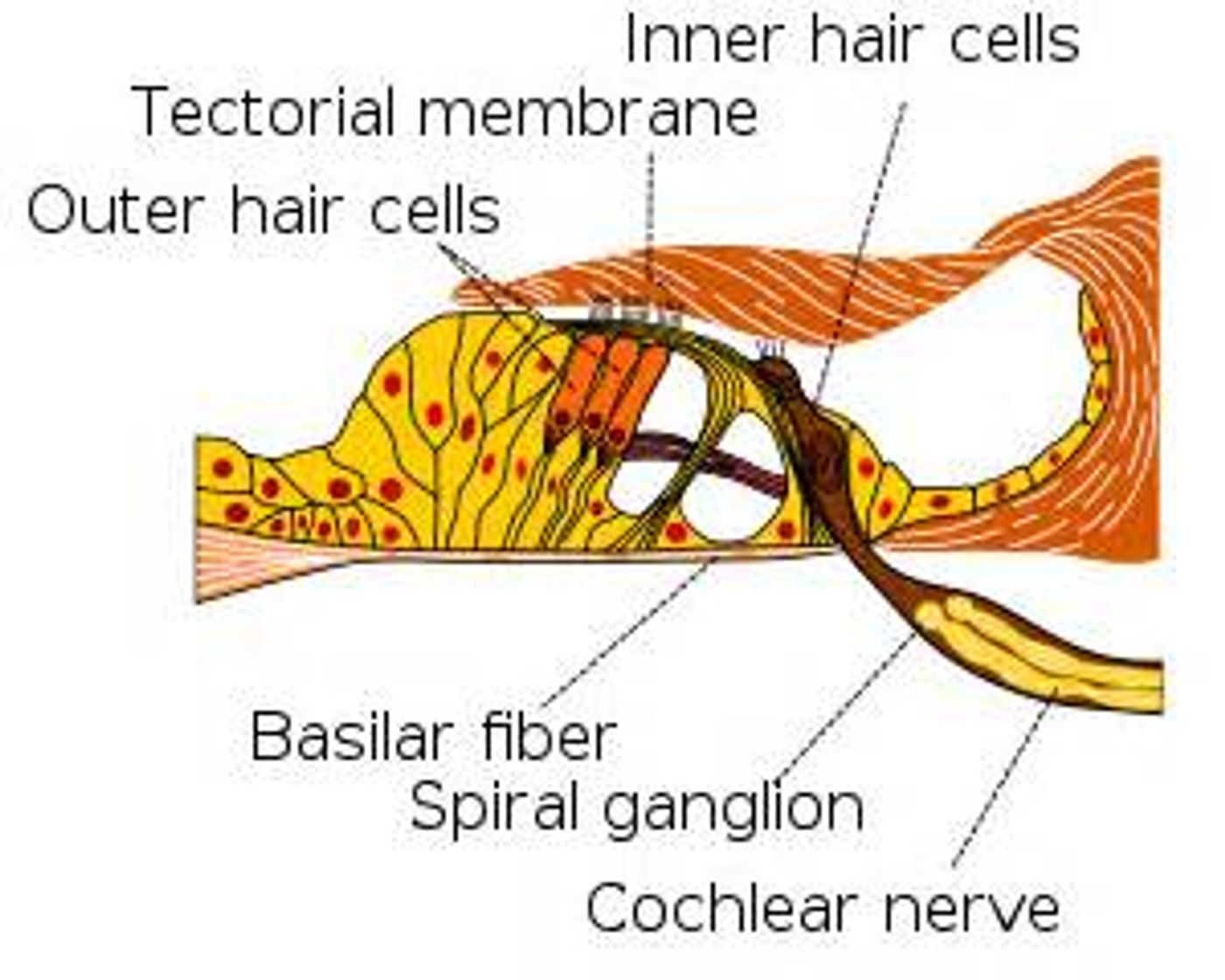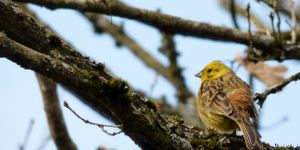Gene Therapy Restores Partial Hearing and Balance
Our hearing ability depends on small sensory hair cells in the inner ear. These microscopic hair cells sense sound vibrations and convert them to electrical signals that are sent to the brain to detect sounds. Hearing loss can occur when these hair cells are damaged or are not functional due to genetic mutations during development. Data from the CDC estimates 2-3 out of 1,000 babies born annually in the United States have some form of hearing loss, and about 1 in 1,0000 of these babies have a genetic defect in their inner ear hair cells.
Scientists from Harvard Medical School and Massachusetts General Hospital have developed a novel form of gene therapy that can restore hearing and some balance impairment in mice born with genetic defects in these inner ear hair cells.
Prior efforts using gene therapy to improve hearing loss have had challenges with insertion of the functional gene into the hair cells. These cells have proven somewhat impenetrable by standard gene therapy methods using adeno-associated virus (AAV). The virus has been unable to enter the particular inner ear hair cells through methods successful in other types of cells.
A team led by co-investigators Casey Maguire, HMS assistant professor of neurology at MGH, Xandra Breakefield, HMS professor of neurology at MGH and neurobiologist David Corey, Bertarelli Professor of Translational Medical Science at HMS, has discovered that by changing the approach taken to standard gene therapy methods, the inner ear hair cells can be treated and hearing loss and balance issues can be at least partially restored.
By using an entry method developed by Maguire and colleagues, the team created a line of cells containing AAV that naturally buds off exosomes with the AAV inside. By creating a vehicle for the functional gene needed for healthy hair cells, the scientists observed 50-60% entry rates of AAV compared to 20% entry into hair cells using standard gene therapy.
“Unlike current approaches in the field, we didn’t change or directly modify the virus. Instead, we gave it a vehicle to travel in, making it better capable of navigating the terrain inside the inner ear and accessing previously resistant cells,” said Maguire.
In order to test the functionality of the method in organisms, the group injected AAV-containing exosomes (exo-AAV) that carried the functional gene of interest into the inner ears of mouse pups born without a gene needed for hair cell function. These mice cannot hear loud sounds and exhibit impaired balance seen by head tossing and running in circles.
Post-injection testing revealed that the exo-AAV method allowed the gene to enter 30-70% of both inner and outer hair cells. The team performed hearing tests on the mice on month after treatment and found that 9 of 12 mice had significantly improved hearing and balance. They were startled by a loud clap, and four could hear sounds equivalent to a loud conversation.
While the team is quick to assert that the therapy is not ready for testing in humans, the new approach shows great promise for treatment of hearing loss from both genetic and acquired causes.
Sources: Harvard News, NIH









